One of the toughest Olympic Lifting exercises for me to learn (STILL learning, ALWAYS learning!) was the power clean.
Some of my problems were common problems for other aspiring Olympic Lifters as well:
- My wrists were extremely tight
- My shoulders and lats lacked mobility
- I wasn't using a grip that was conducive for my own physical capabilities AND faults
You see, back in the day....
Olympic Lifting was the norm. If you opened up a Strength and Health Magazine from the 50s, 60s & 70s you would see Olympic Lifting photos from various instructional articles or coverage from Olympic Lifting Contests.
Somewhere along the way, amidst the world of the internets, Coaches began talking about the debate of Powerlifting vs Olympic Lifting. It was always how one was better than the other and that the 2 could not exist under the same training program.
The arguments against the Olympic Lifts were things like:
- They are too complicated to teach / learn
- There are easier ways / faster ways to develop explosive power
- The Olympic Lifts don't start with an explosive movement
- You are dipping under the bar at maximal poundages, not truly lifting the bar
The debate was ongoing and still is.
I am speaking from my experience as to why I personally use them for myself and how / when to apply the olympic lifts with athletes. I have addressed my thoughts on implementing the Olympic Lifts with athletes, especially those I train, where 75% only train with us 2 x week as the other days they are either competing or attending a club / league that trains sports skill and competition year round.
The time available to implementing the Olympic Lifts with them at an early stage is not a priority with how weak they are in basics of bodyweight training, powerlifting, etc. To get their performance to increase quickly I use quick lifts with dumbbells & kettlebells, jumps, sprints and throws to develop speed and athleticism.
I digress..... Back to learning the Power Clean.
Here are some important tips for you to implement coming from my man, Wil Fleming, creator of Complete Olympic Lifting.
Check out these 5 Tips & Videos to improve your technique in the Power Clean:
[youtube width="640" height="360"]http://www.youtube.com/watch?v=H0GjUf4YrQU[/youtube]
[youtube width="640" height="360"]http://youtu.be/blCvgADz8LY?t=2s[/youtube]
[youtube width="640" height="360"]http://www.youtube.com/watch?v=A6wjvmDzLls[/youtube]
[youtube width="640" height="360"]http://youtu.be/K837AwoIpFI?t=1m14s[/youtube]
Tip # 1: Start Position: For some reason people try to get way over the bar. Sometimes going so far as to get in a position where their torso is parallel to the ground. This is a big time mistake. The torso should be about 30-35 degrees when you come off the floor and again when you pass the knee. Make sure your arms are straight down to the bar when you are on the floor, not inclined back. The only exception to this is if you are a very tall lifter.
Tip # 2: Bar Path: If people don't get the start position wrong the bar path is typically where people have problems. From the floor the bar needs to "sweep" into the body. It should continue this gradual sweep until the hips are fully extended and the 2nd pull is complete. Only at that point will the bar move away from the body, this is the classic S pull.
Tip # 3: Tight Lifter Barbell System: If you do the first 2 things correctly this won't be an issue, but when at rest on the ground the bar and the lifter have 2 separate centers of mass. Once the bar breaks from the ground you have one center of mass, to be the most efficient you need to bring this center of mass as close to your hips as possible. Squeeze the bar tight to the body, and make contact as high on the thigh as possible to finish the pull.
Tip # 4: Push Into The Ground: It's only a small change but it can make a big impact on the lift. Rather than thinking of pulling on the bar, think about pushing the ground down. This works in the 2nd pull very well. When you think too much about pulling there is a tendency to bend the arms too much before the 2nd pull is complete, push the ground and you will get a ton more acceleration above the knee.
Tip # 5: Stay on your heels: The force you put into the ground moves from the heel to the toe in a dynamic way throughout the 1st and 2nd pull, but most lifters let too much of their bodyweight get to their toes too soon as they finish the 2nd pull. Doing so will cause you to not complete your hip extension. Think about staying on your heels or flat feet as long as possible. Whether you believe you should "jump" or "catapult" the bar, heels as long as possible will allow you to put the most power from your hips in the bar.
If you're serious about learning the Olympic Lifts then make sure you check out The Complete Olympic Lifting DVD, Click HERE for Details.

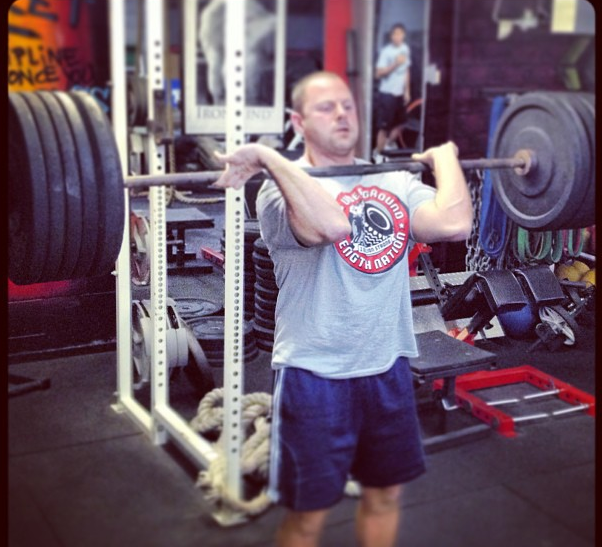
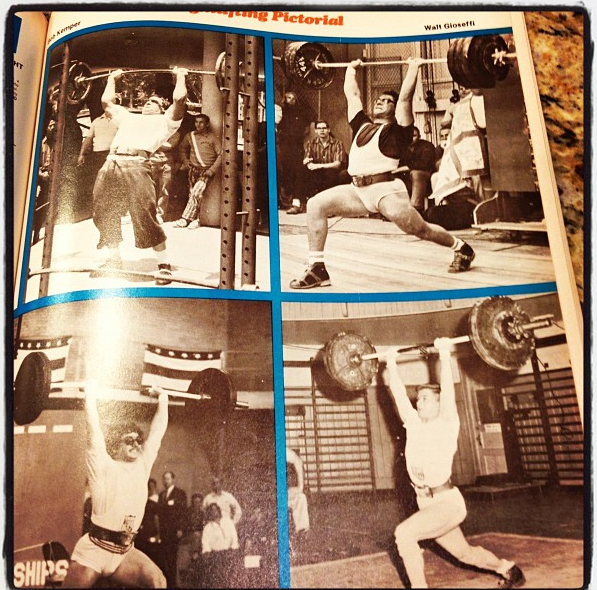
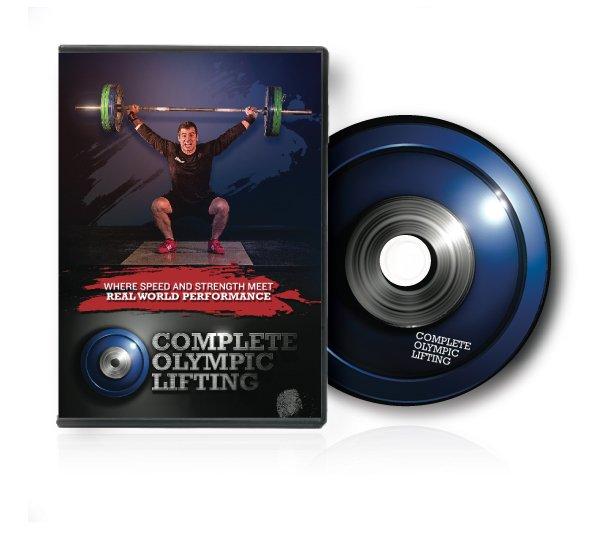
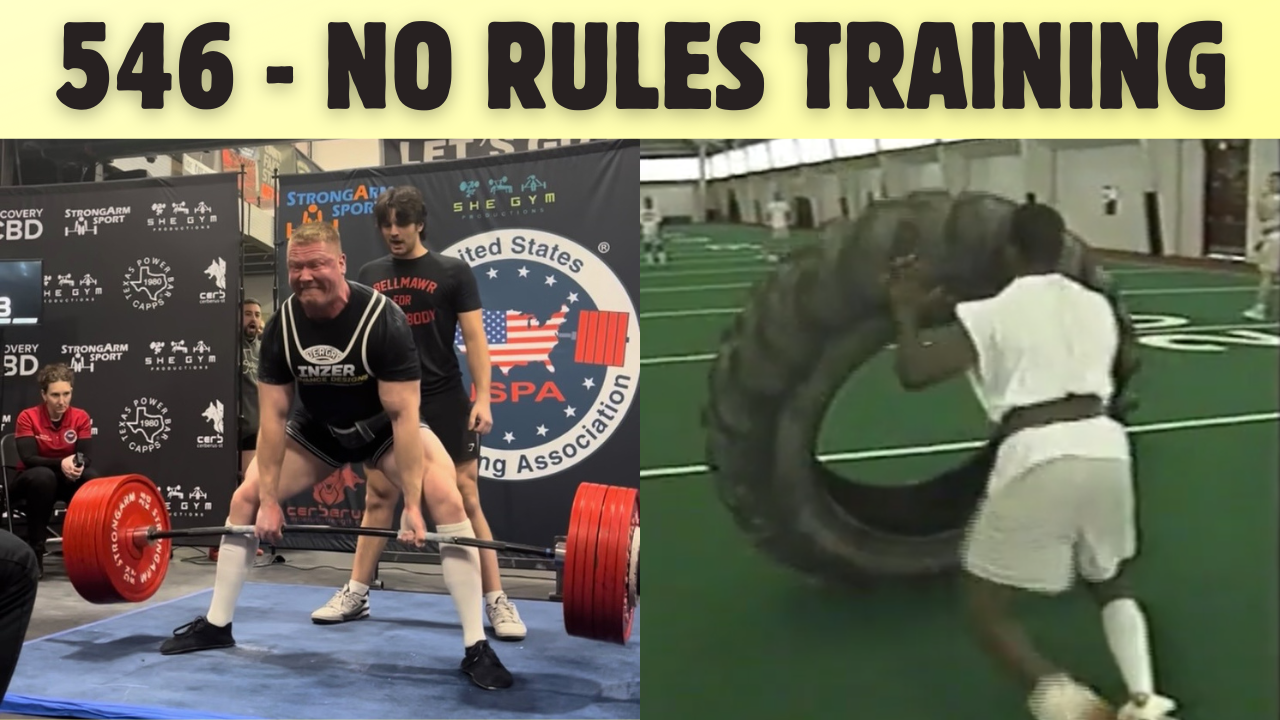

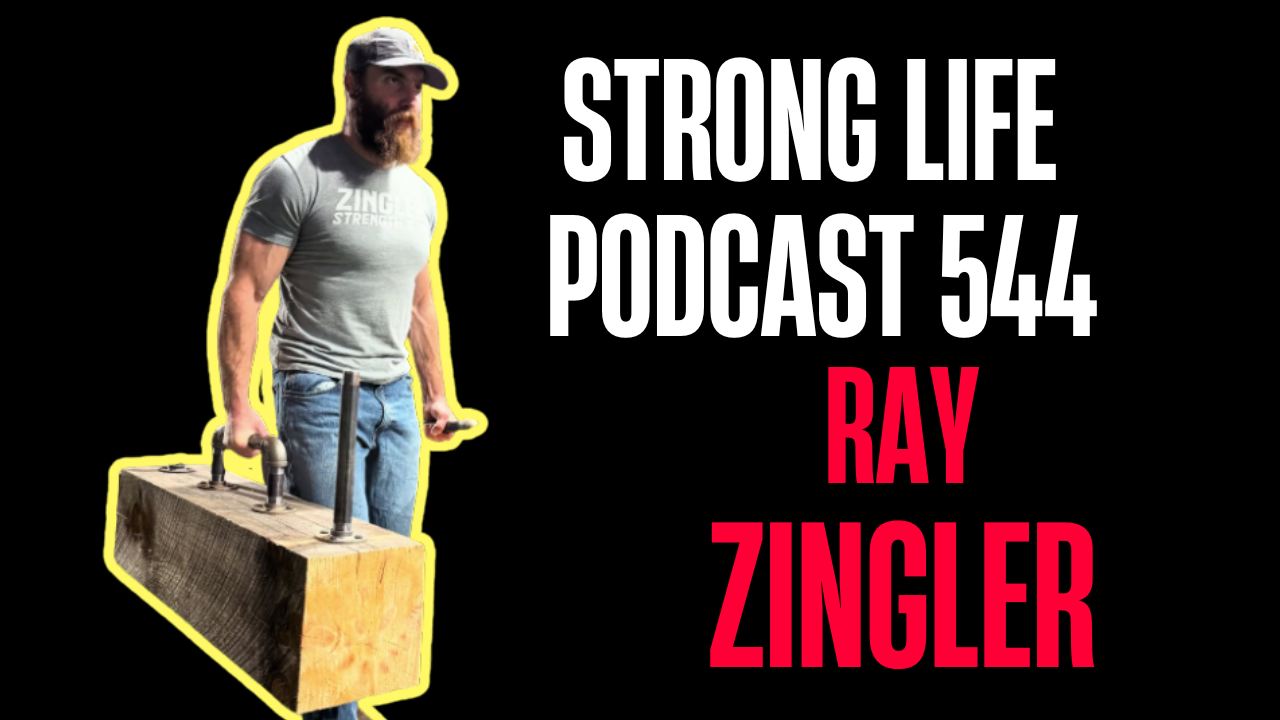
6 Responses
Awesome! I just realized how wrong my setup has been (I’ve been setting up the same way i deadlift with shoulders in front of the bar)I’ll try pushing into the ground as I often try to pull but my arms bend early. Especially when the weight gets heavy and I start to psych myself out.
What constitutes a tall lifter? I’m 6’2″
Seriously guys,
I gotta hear your thoughts on this–
I know I am only 24 years old, young, but when growing up—everytime I heard of a power clean, I imagined a big ole’ muscle man grabbing the bar and ripping that sucker upwards into a standing position. Quite frankly, that is how I’ve always done it.
I mean think about it, it says “Power” Clean. As in using brute strength to rip that sucker up. We might as well call it technique cleams these days. I absolutely see nothing wrong with ripping up the bar and standing upright with perhaps a SLIGHT kneee bend AND with straight wrists. The whole dipping under the bar thing—now that looks unnatural if you ask me. I do not claim to be a Olympic expert or anything. but anytime I’m cleaning a heavy ass weight, I never dipped/squatted under the bar, keg, or steel beam. I think thatttttt alone is why Olympic lifting had such a falling out as opposed to powerlifting—the rules when it comes to form is crazy strict. Even when it comes down to wrist flexibility. Zach, just looking at your wrists in your pic makes my wrist hurts. Respect to you, dude. Hell, I always cleaned the weight standing upright and held my wrists straight up or slightly back.
Dont get me wrong!! Those olympic athletes like Will Fleming, damnnnnn. He’s got it going on, respect for the numbers he puts up and he can even do it with the Olympic standard form. Everybody should be open for learning, including myself. I’ve exposed myself to olympic coaching—but sometimes I do not see the need to follow their ideal picture perfect form. I am not them and they are not me. Sometimes you gotta go against the grain and listen to your own body. Just like in powerlifting, everybody has to find their groove/stance in the big lfits. I dont see how thats any different from Olympic lifting. Grip placement for the clean/snatch—should be up to us. How much of a dip—up to us. What matters is—-get that weight overhead and lock it out. That’s my two cents, anyhow. I heard of some Scanadavian (sp) dude who weighed 165lbs who power cleaned 330lbs with straight legs, and over 600-700s in competition form. That was in the 80s. Rant done. Olympic lifting– rocks.
Dustin – O lifts are in the Olympics, powerlifting, is not.
What you see as unnatural feels totally natural for many.
The dipping / squatting under the bar is where the athleticism and technique come into play… Keep watching those training hall videos, brutha, these guys are fucking monsters and I respect them ALL.
This sport is legit and learning the technique itself is a GREAT journey.
STRONG…..
Zach,
damn true statement….no doubt! That is why they are in the Olympics, and powerlifting is not.
And you’re probably right about the “unnatural perspective”—to me, it looks unnatural. I’ve tried it and I can tell you that I would never get better and better using that form. I use the tools and leverages I’ve been given.
As I said earlier, do not get me wrong—I respect O lifters, precisely for that very reason—they can execute extreme athleticism via squatting under the bar and their wrist flexibility alone is amazing. The superior balance they would need is an understatement. What i disagree with is coaches enforcing form to be identical to theirs. Not everybody is built the same way. They gotta deal with that. Others, as yourself, feel they are more open to modifying their technique and can adapt well. Others rely on brute strength to clean the weight all the way up.
inspirational vids..damn!
I picked up Wil’s COL when it released not long ago…love it! I did the hang clean and hang snatch throughout my athletic career, but it’s been fun practicing the lifts again and using the full spectrum of oly lifts, especially the squat versions. My flexibility/mobility has had to improve big time. Keep rocking!
Simeon, that is one of my FAV things about Olympic Lifting is that you MUST push for better mobility to perform the lifts which leads to greater health, more athleticism and unrestricted movement!